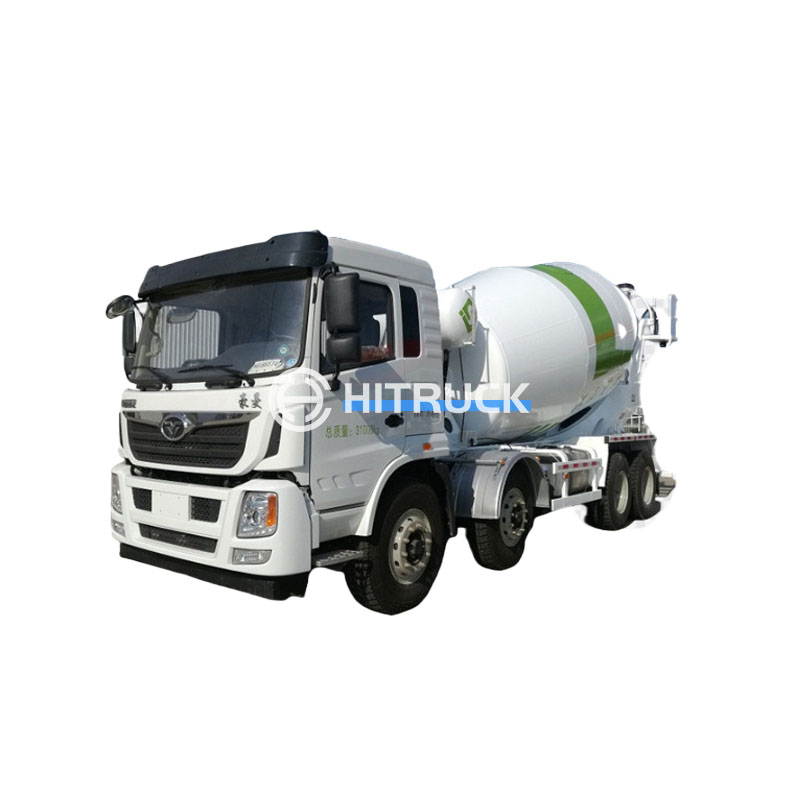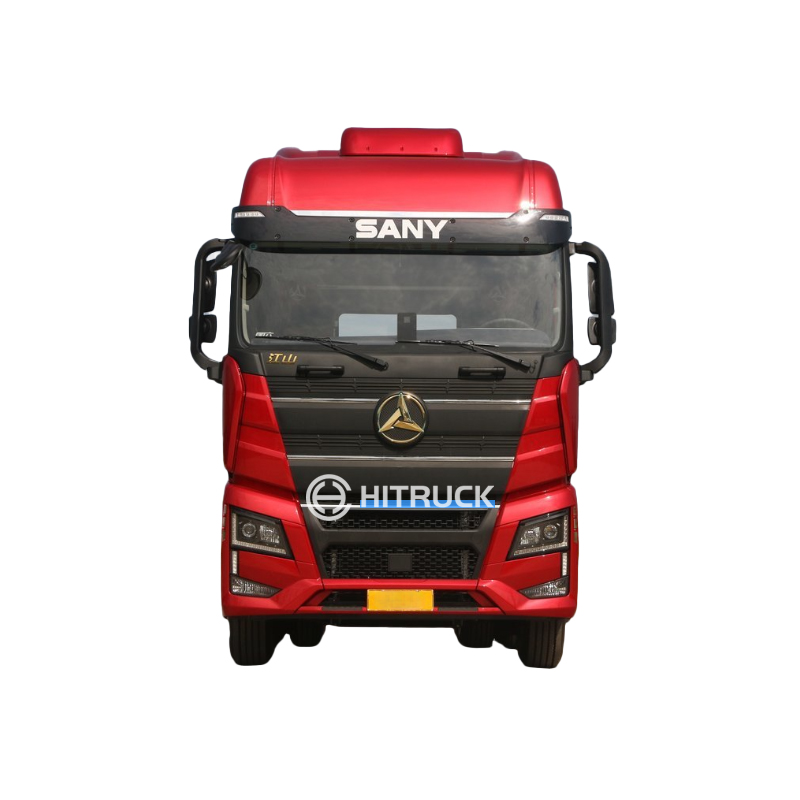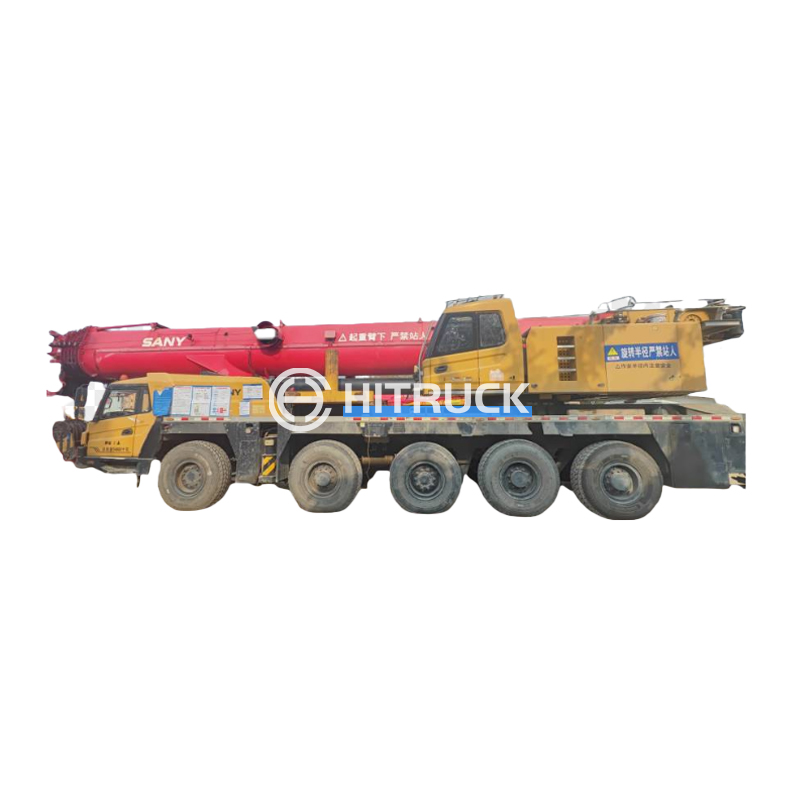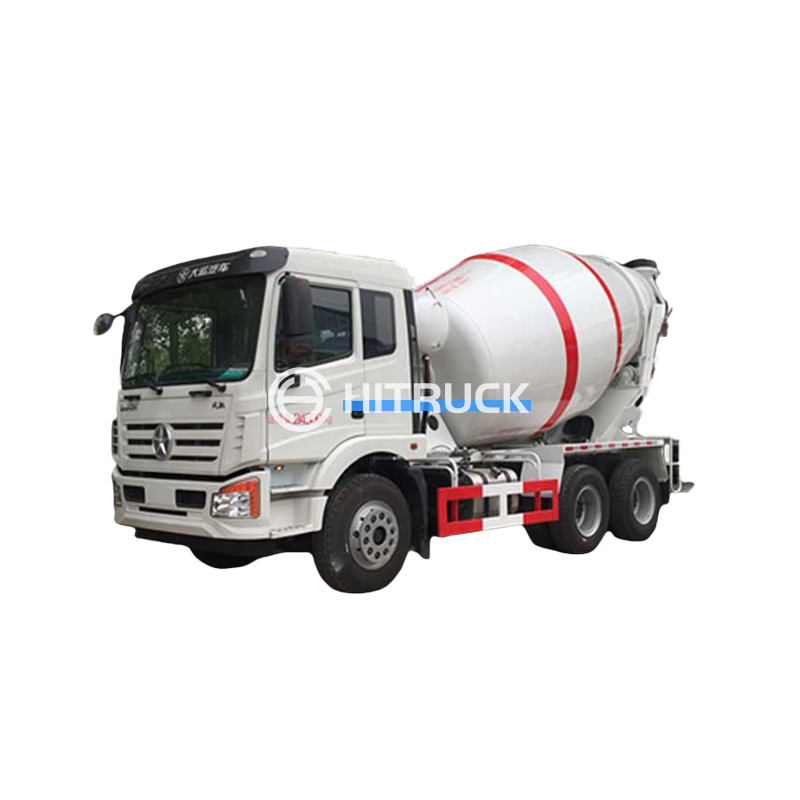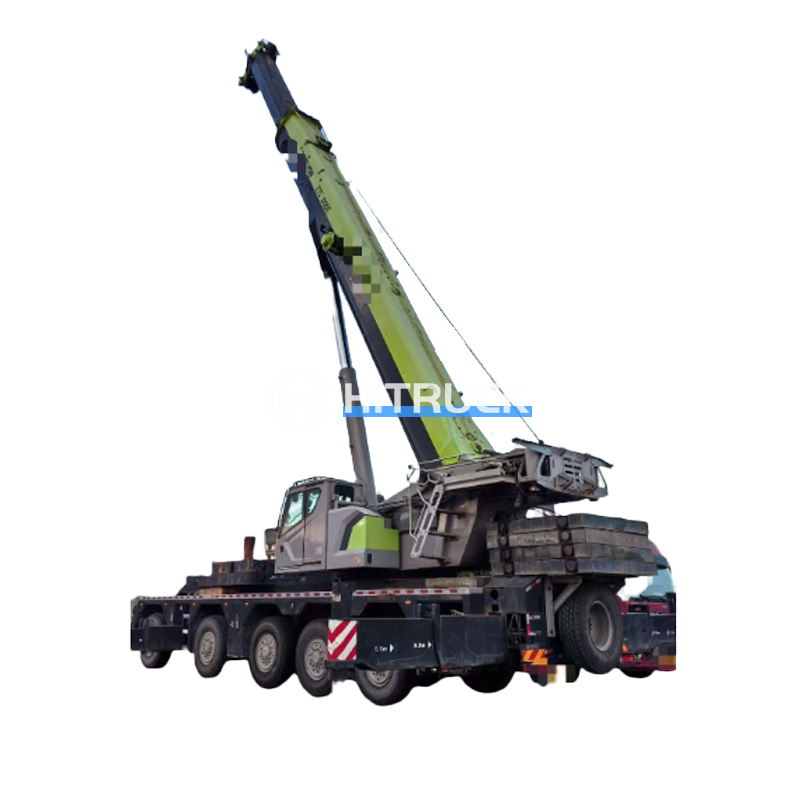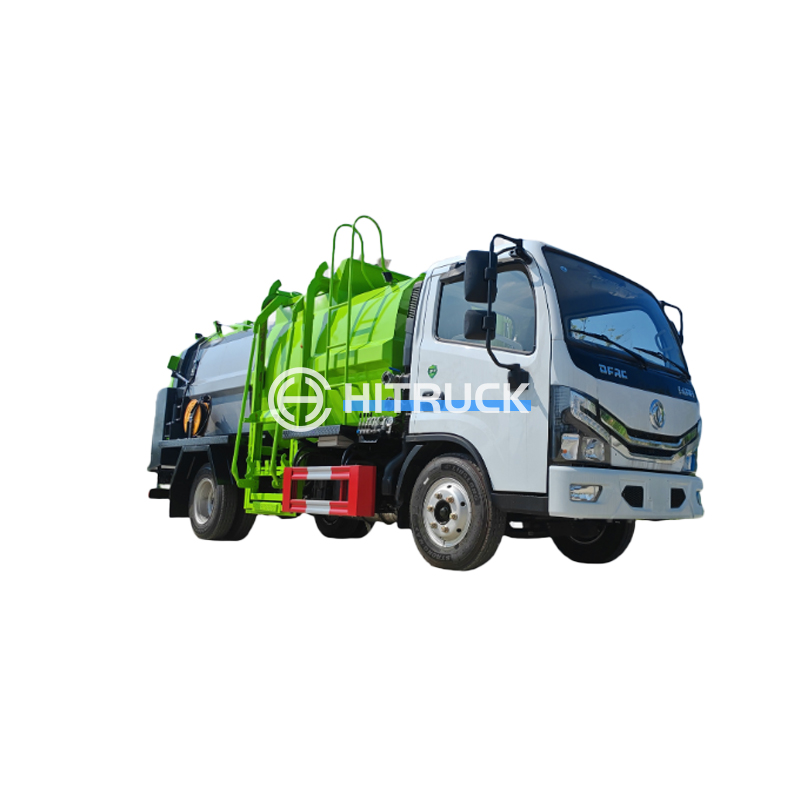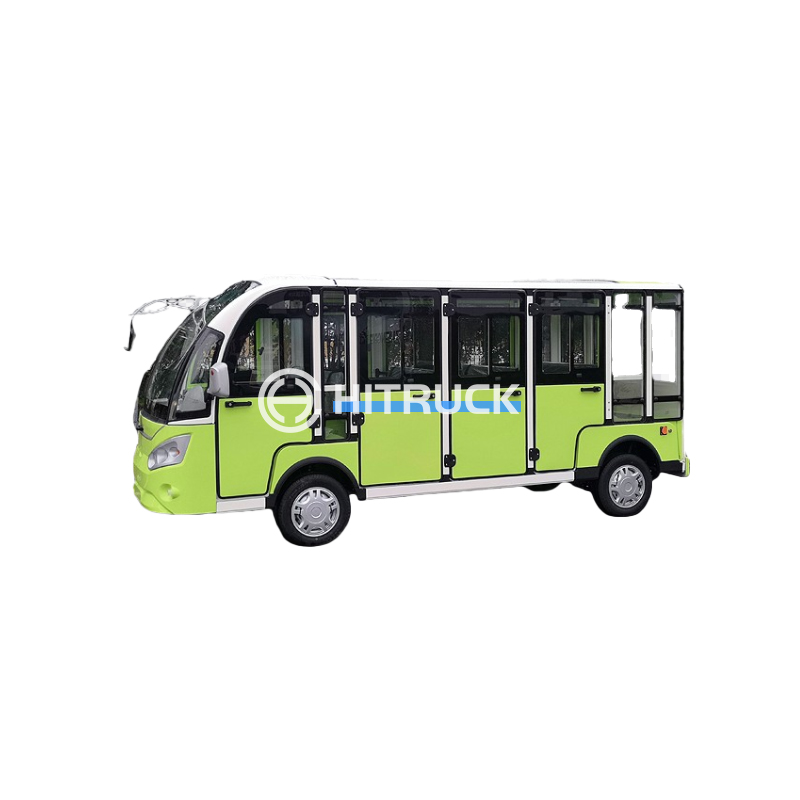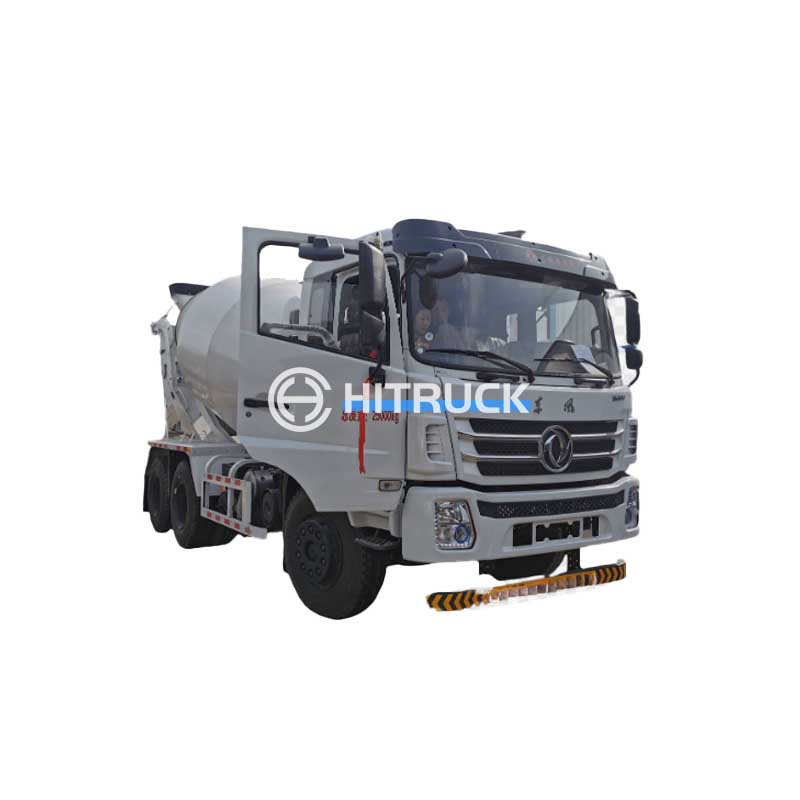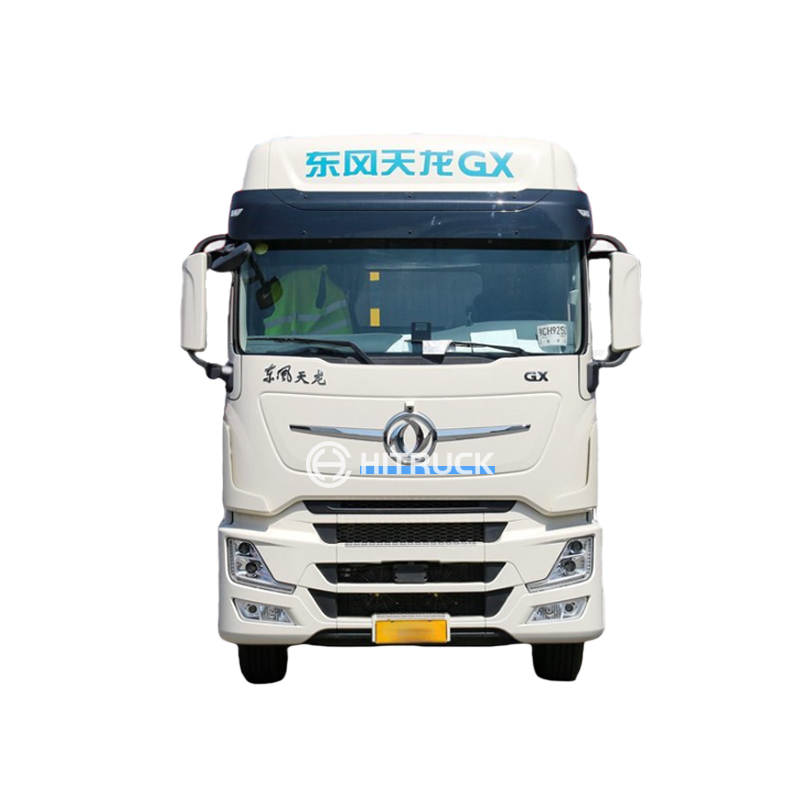This guide helps you navigate the complexities of selecting a construction concrete mixer truck, covering key features, considerations, and factors to ensure you choose the ideal model for your project needs. We'll explore different types, capacities, and functionalities to help you make an informed decision.
Transit mixers, also known as revolving drum mixers, are the most common type of construction concrete mixer truck. These trucks use a rotating drum to mix the concrete during transit, ensuring a consistent mix even over long distances. They are available in various sizes, depending on the project's scale. The drum's rotation is crucial for preventing segregation and maintaining the concrete's workability. Consider factors like drum capacity and the type of drum (e.g., single- or twin-shaft) based on your specific requirements.
Self-loading mixers offer a unique advantage by combining mixing and loading capabilities in a single unit. This eliminates the need for a separate loading process, increasing efficiency on-site. However, they often have a smaller mixing capacity compared to transit mixers. Their compact size is perfect for smaller projects or tight workspaces. They are highly versatile and valuable for situations where space is at a premium.
While not strictly a mixer truck, boom pumps are often used in conjunction with construction concrete mixer trucks. These add-ons extend the reach of the concrete placement process, reducing the need for manual labor and increasing placement efficiency, especially on large-scale construction projects. This synergy between a mixer and a boom pump results in a very efficient concrete delivery system. The boom's reach and capacity are important considerations when deciding on this combined approach.
The capacity of the construction concrete mixer truck is determined by the size of the drum, typically measured in cubic yards or cubic meters. This is heavily influenced by the project scale. Larger projects need larger trucks, while smaller projects might only need smaller-capacity units. Consider the anticipated volume of concrete needed per day to determine the appropriate capacity.
The engine power directly affects the truck's performance, especially on challenging terrains. A powerful engine ensures efficient mixing and reliable operation. However, fuel efficiency is also a significant factor, impacting operational costs. Consider the tradeoff between engine power and fuel economy to find the ideal balance for your budget.
Depending on the project site, the truck’s maneuverability is crucial. Narrow roads or tight spaces might require a more compact and agile truck. Consider the accessibility of the job site and choose a truck that can navigate the terrain efficiently. This is particularly important in urban construction projects where space is limited.
1. Assess your needs: Determine the volume of concrete required, project location, and terrain.
2. Research different models: Compare features, specifications, and prices from various manufacturers. You may wish to explore options from companies like Suizhou Haicang Automobile sales Co., LTD.
3. Get quotes: Obtain quotes from multiple dealers to compare pricing and financing options.
4. Test drive (if possible): Test drive different models to assess their handling and performance.
5. Consider maintenance and service: Choose a model with readily available parts and reliable service support.
Regular maintenance is crucial for prolonging the life of your construction concrete mixer truck. This includes regular inspections, oil changes, and cleaning of the drum to prevent corrosion. Proper maintenance ensures consistent performance and minimizes downtime.
| Feature | Transit Mixer | Self-Loading Mixer |
|---|---|---|
| Capacity | High | Lower |
| Maneuverability | Moderate | High |
| Initial Cost | Higher | Lower |
Choosing the right construction concrete mixer truck is a significant investment. By carefully considering these factors and following this guide, you can ensure you select the perfect model to meet your construction needs. Remember to always prioritize safety and comply with all relevant regulations.

